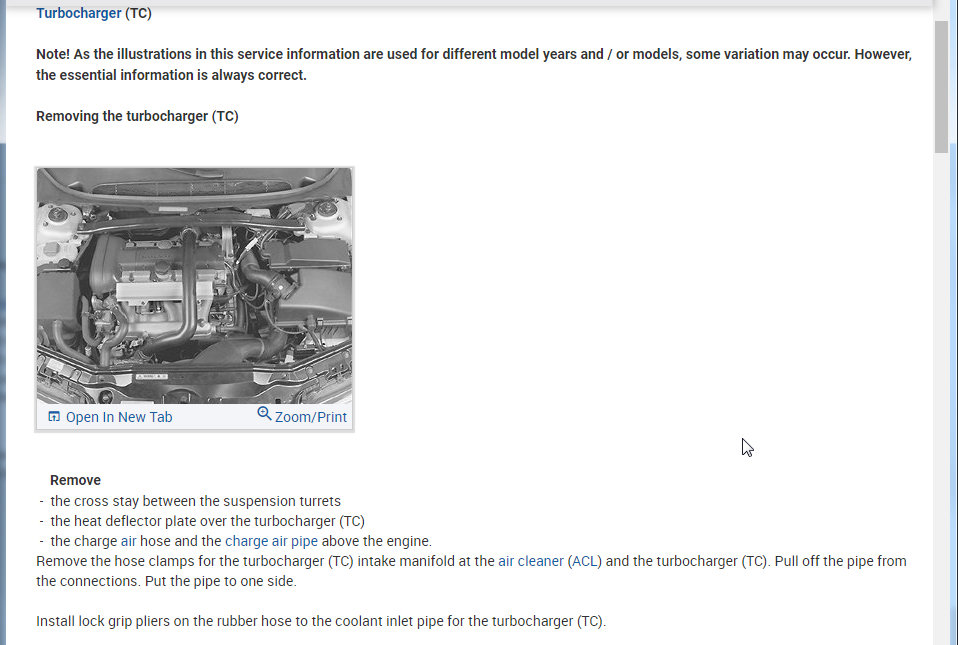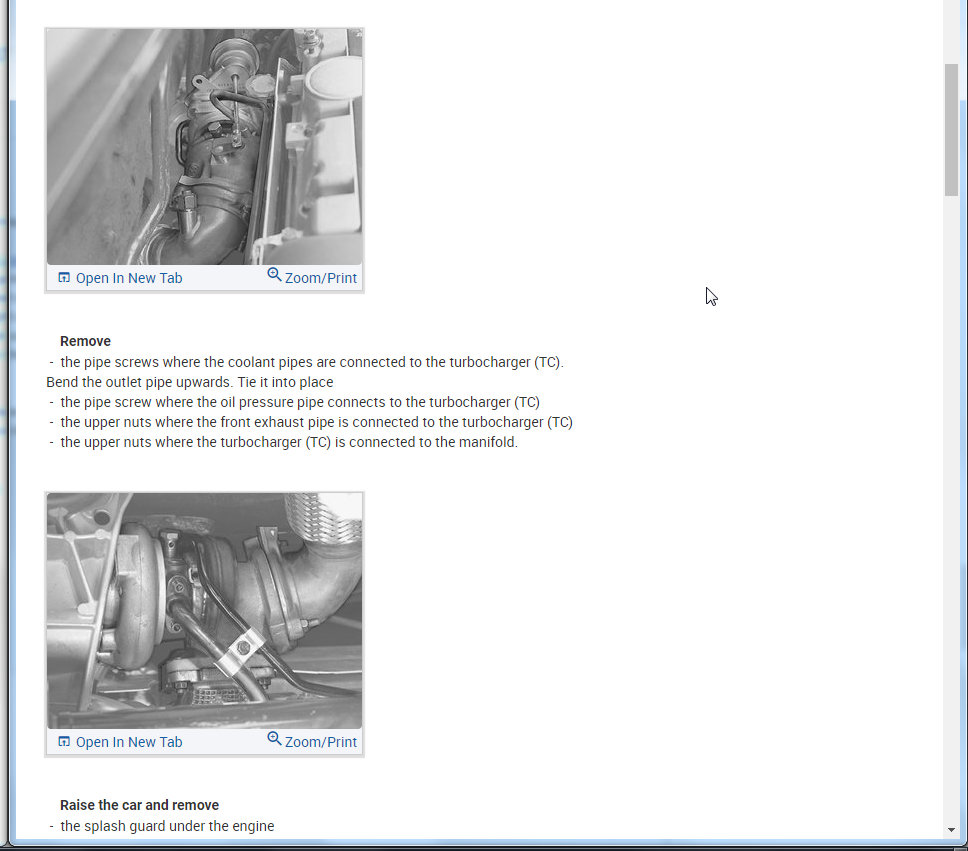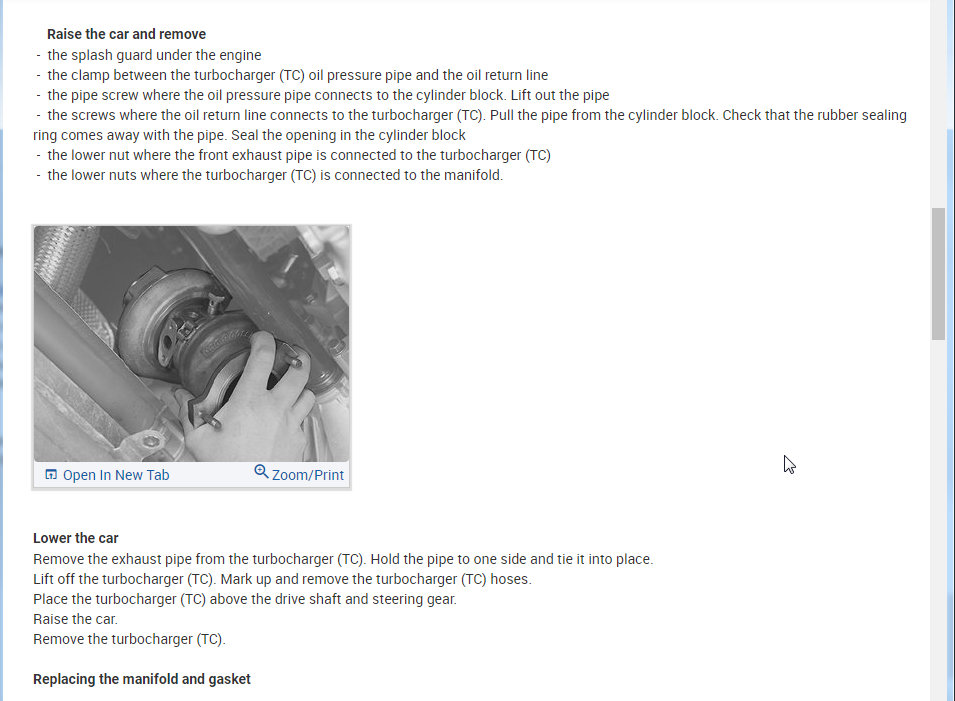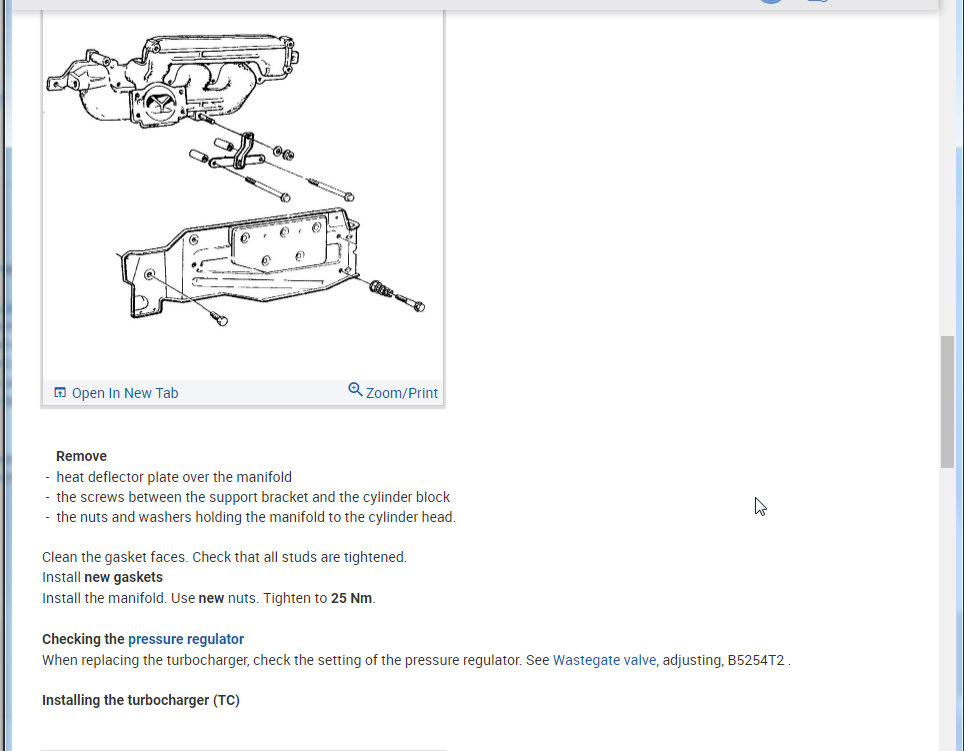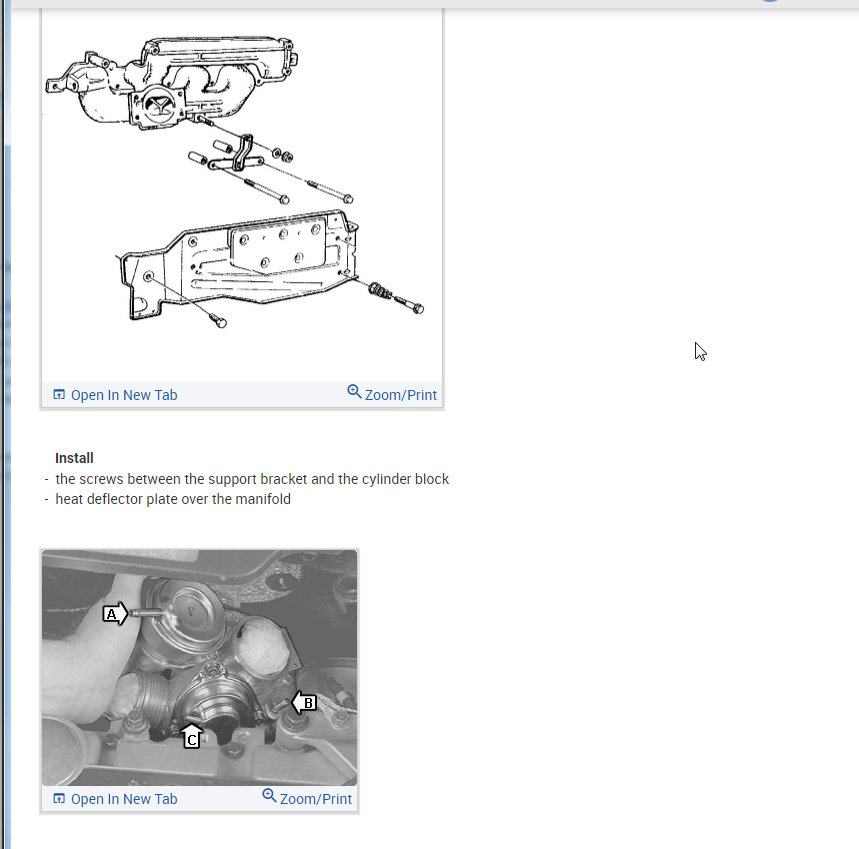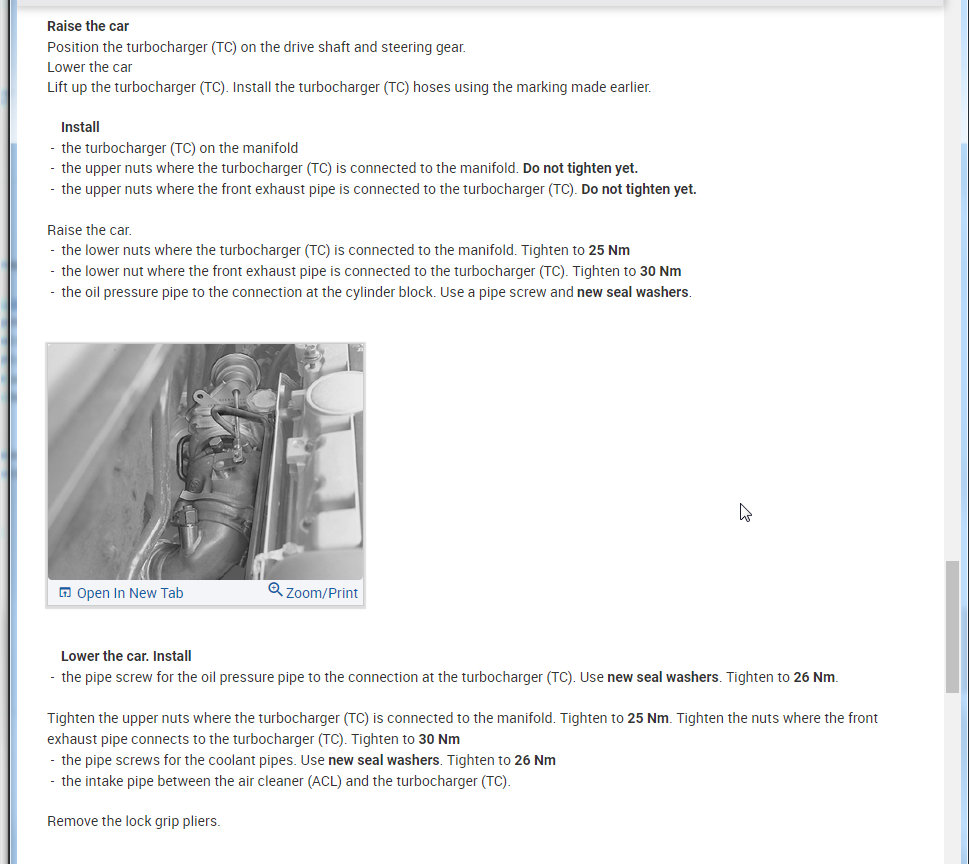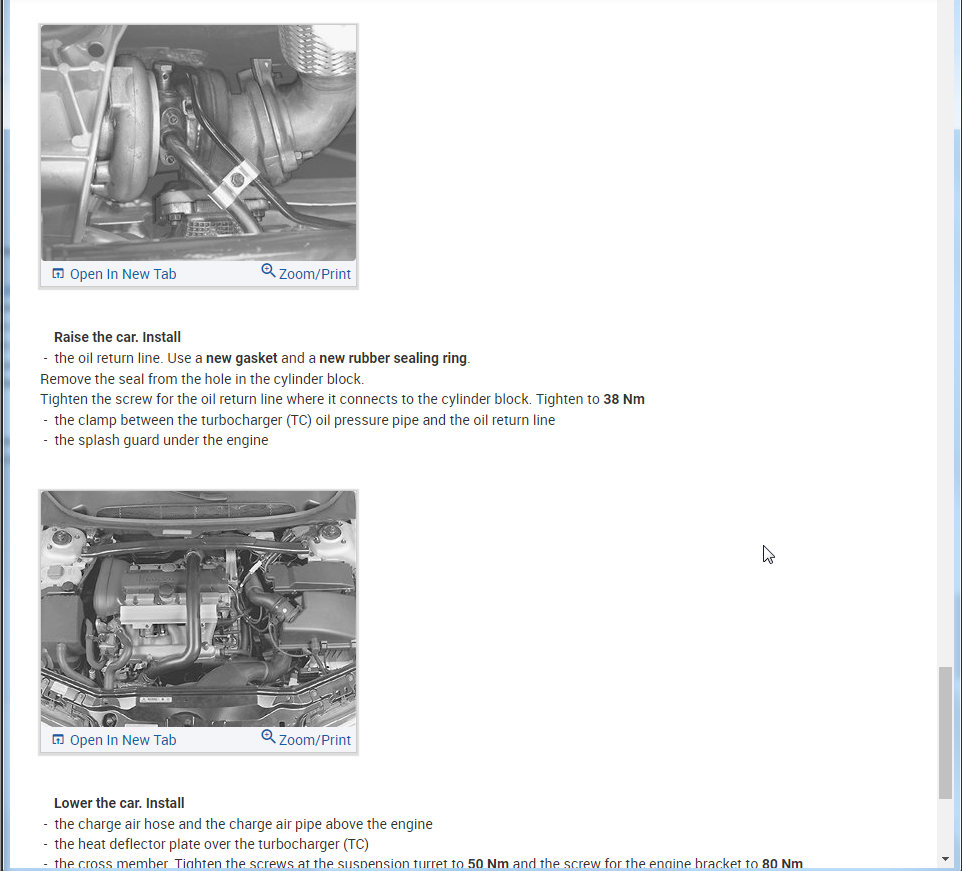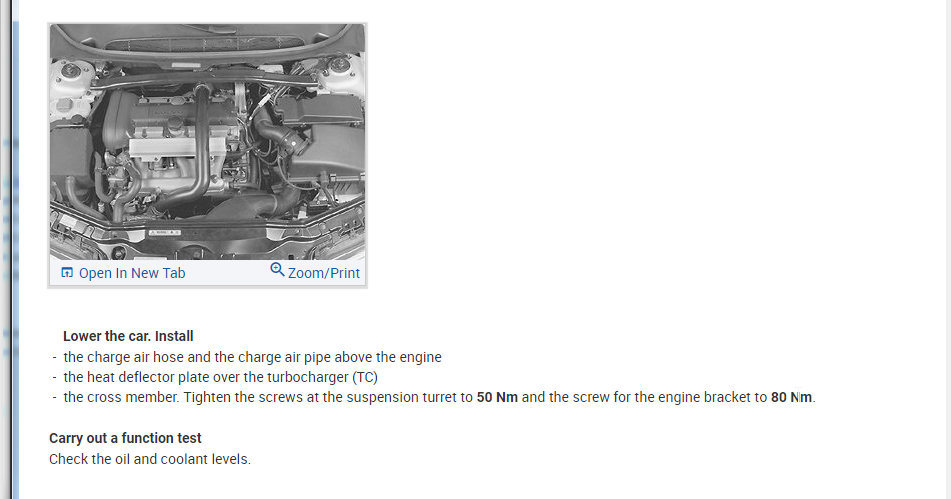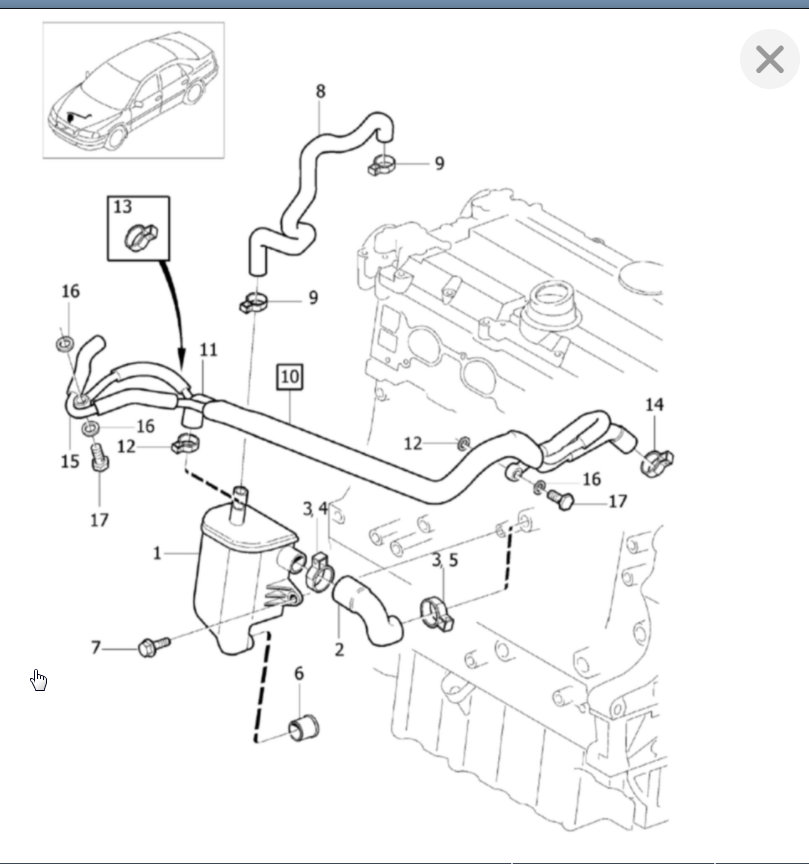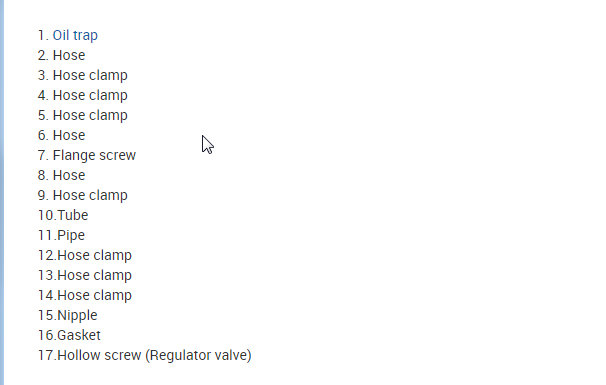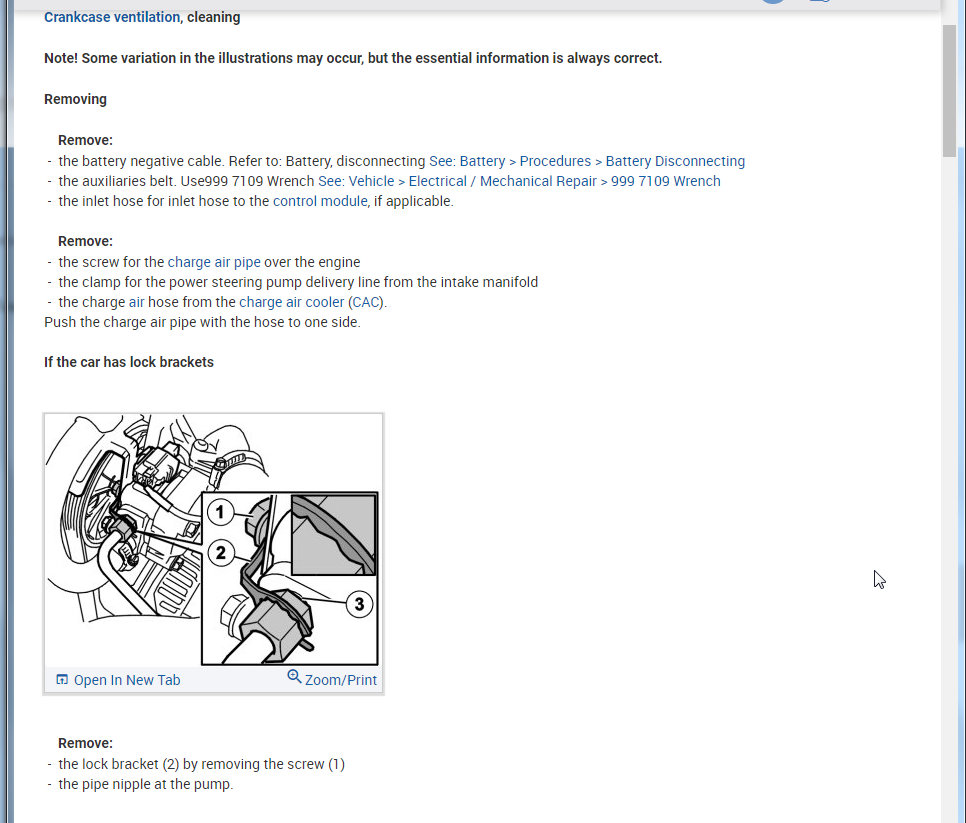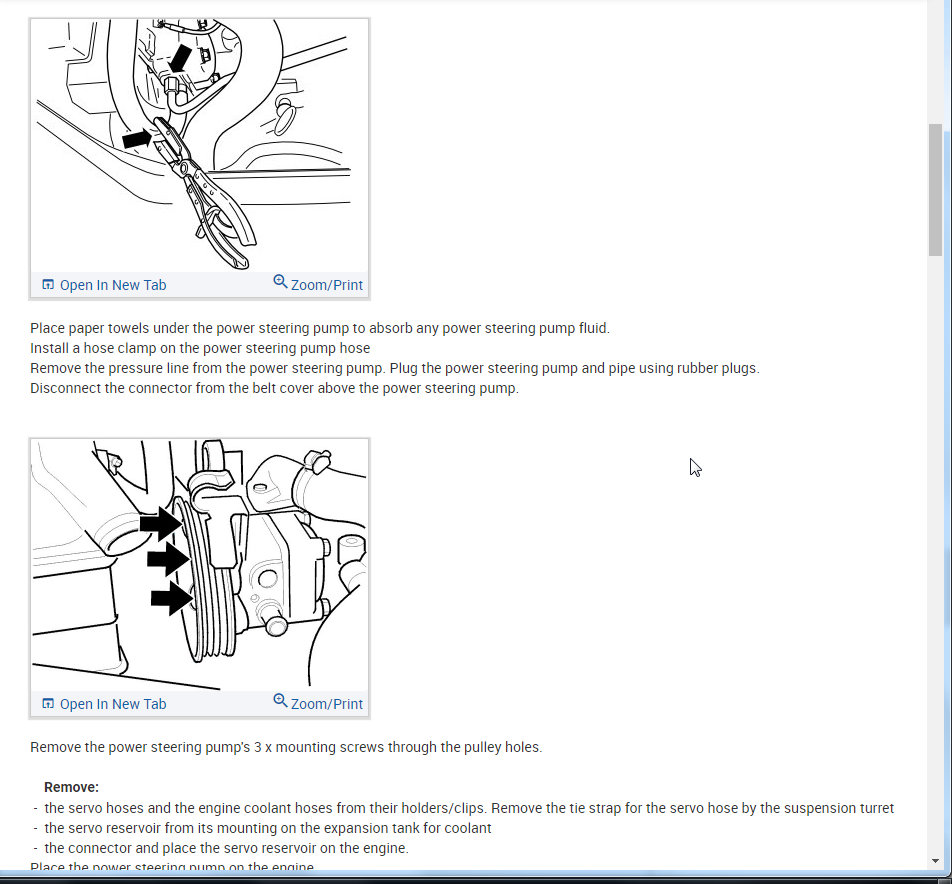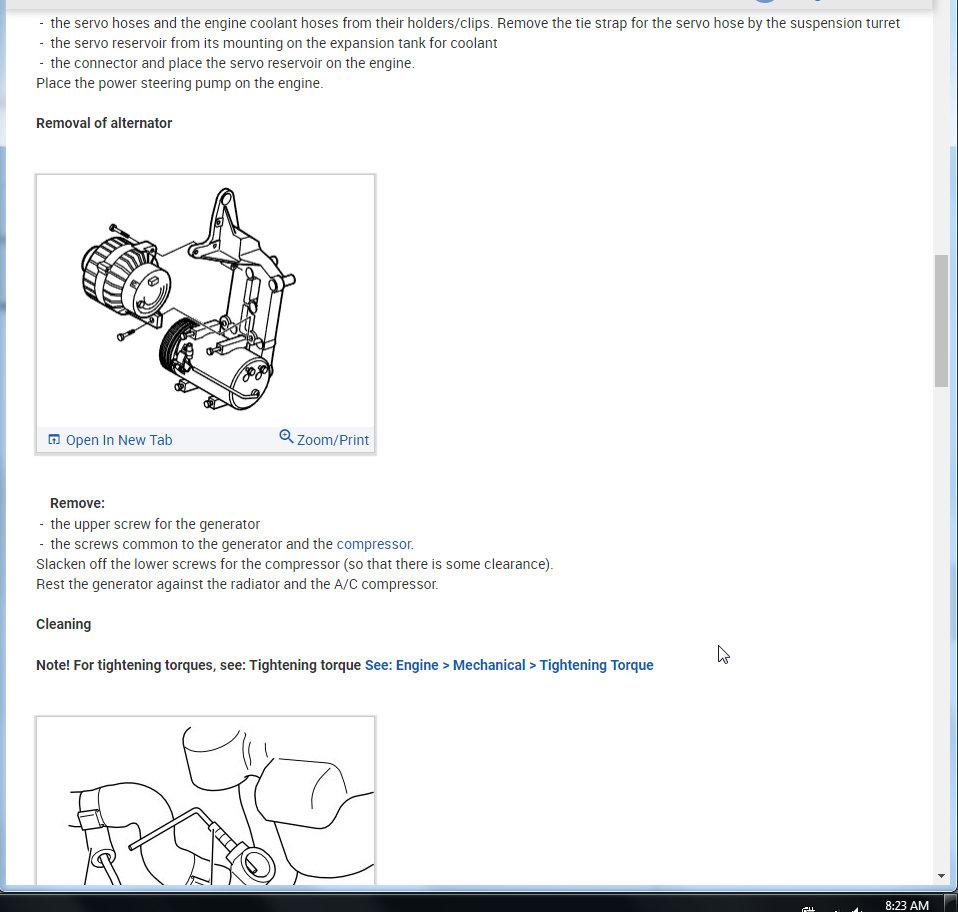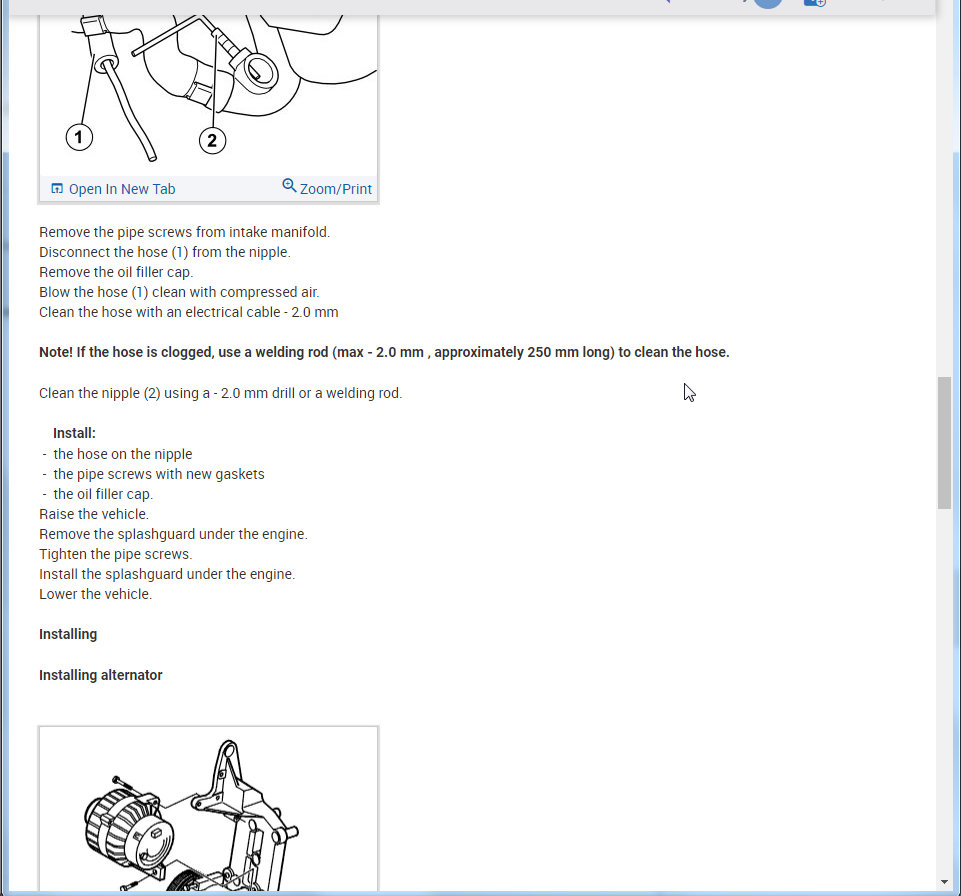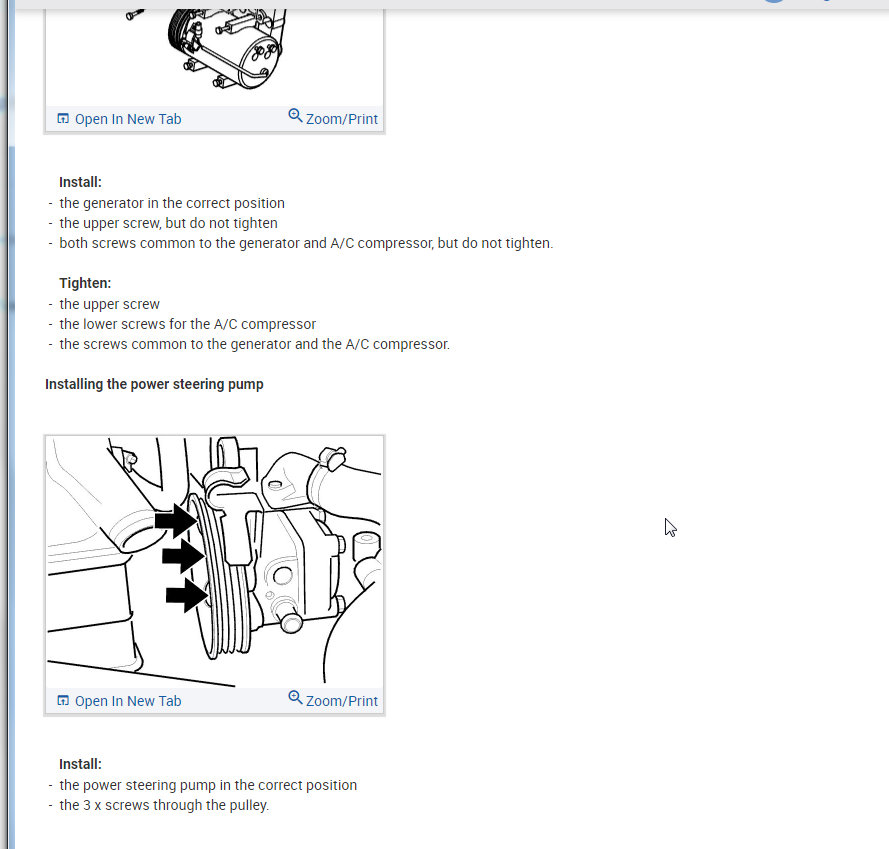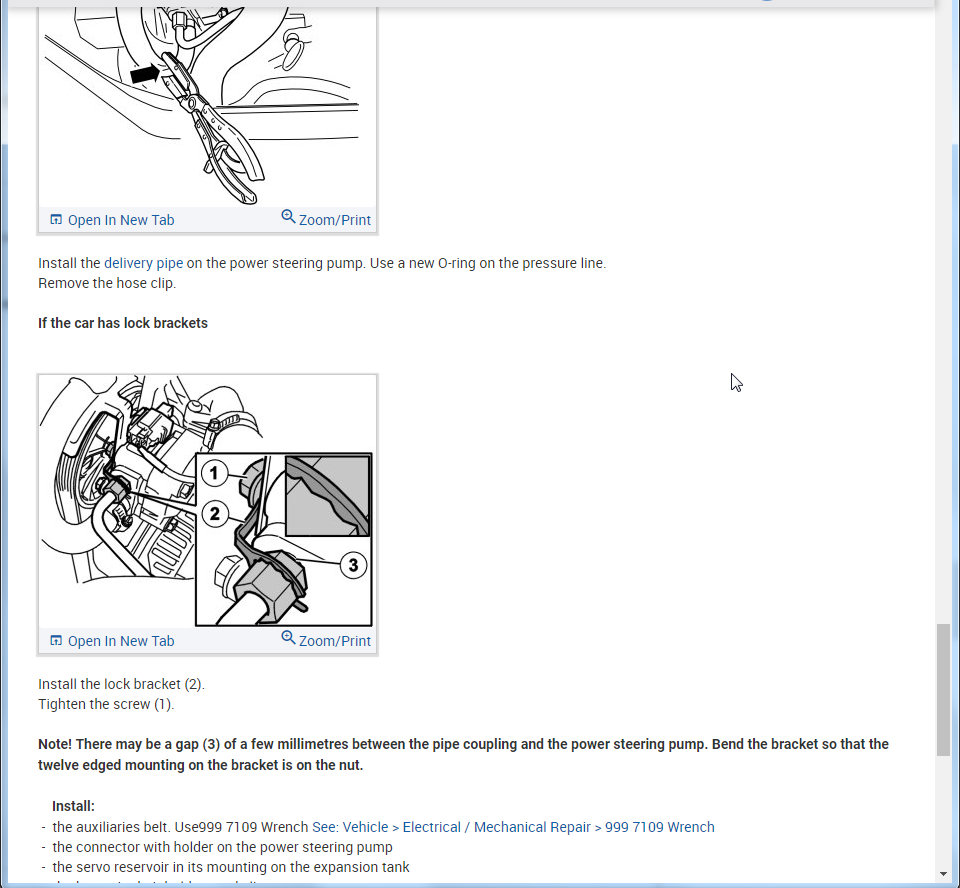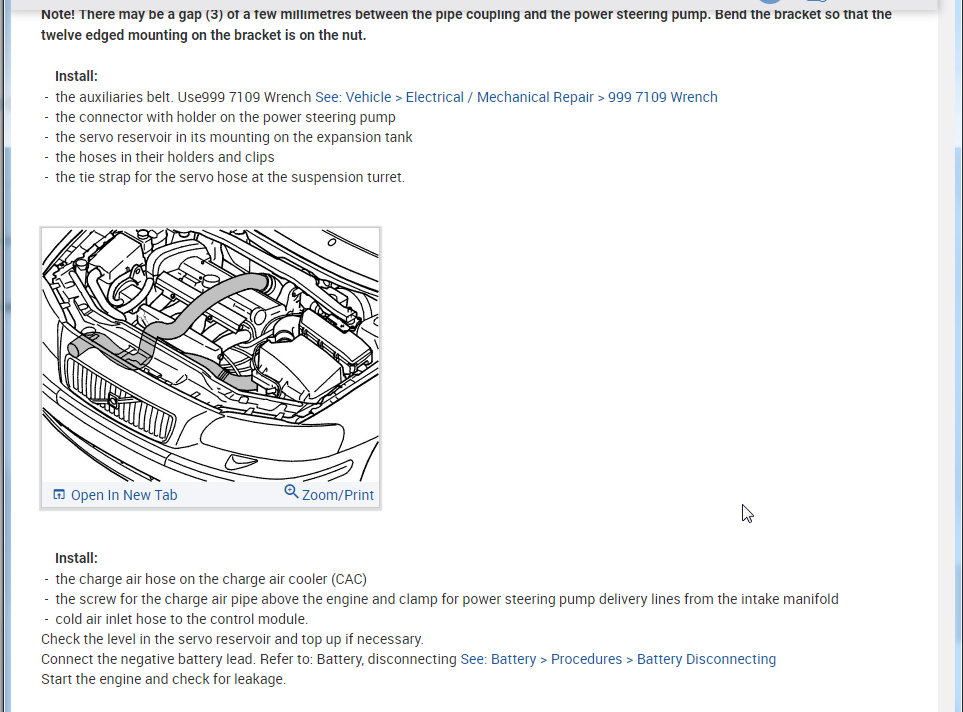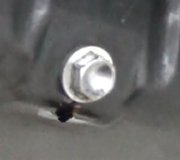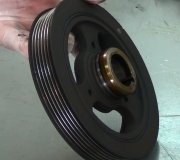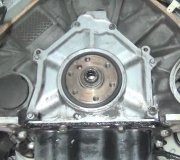Saturday, March 20th, 2021 AT 8:19 AM
The vehicle listed above has a Turbo. It's leaking enormous amount of oil from tailpipe. The car leaked all of the oil, so I poured about 5 quarts in it. It went through about one quart of oil in less than 2 minutes at idle. And went through the remaining 4 quarts in less than 30 seconds at about 1,500 RPMs. Is this a Turbo problem or can it also be something else? And if it's a Turbo problem, which part of the Turbo would need to be changed (i.E: the turbo itself, the return line, etc.)?
